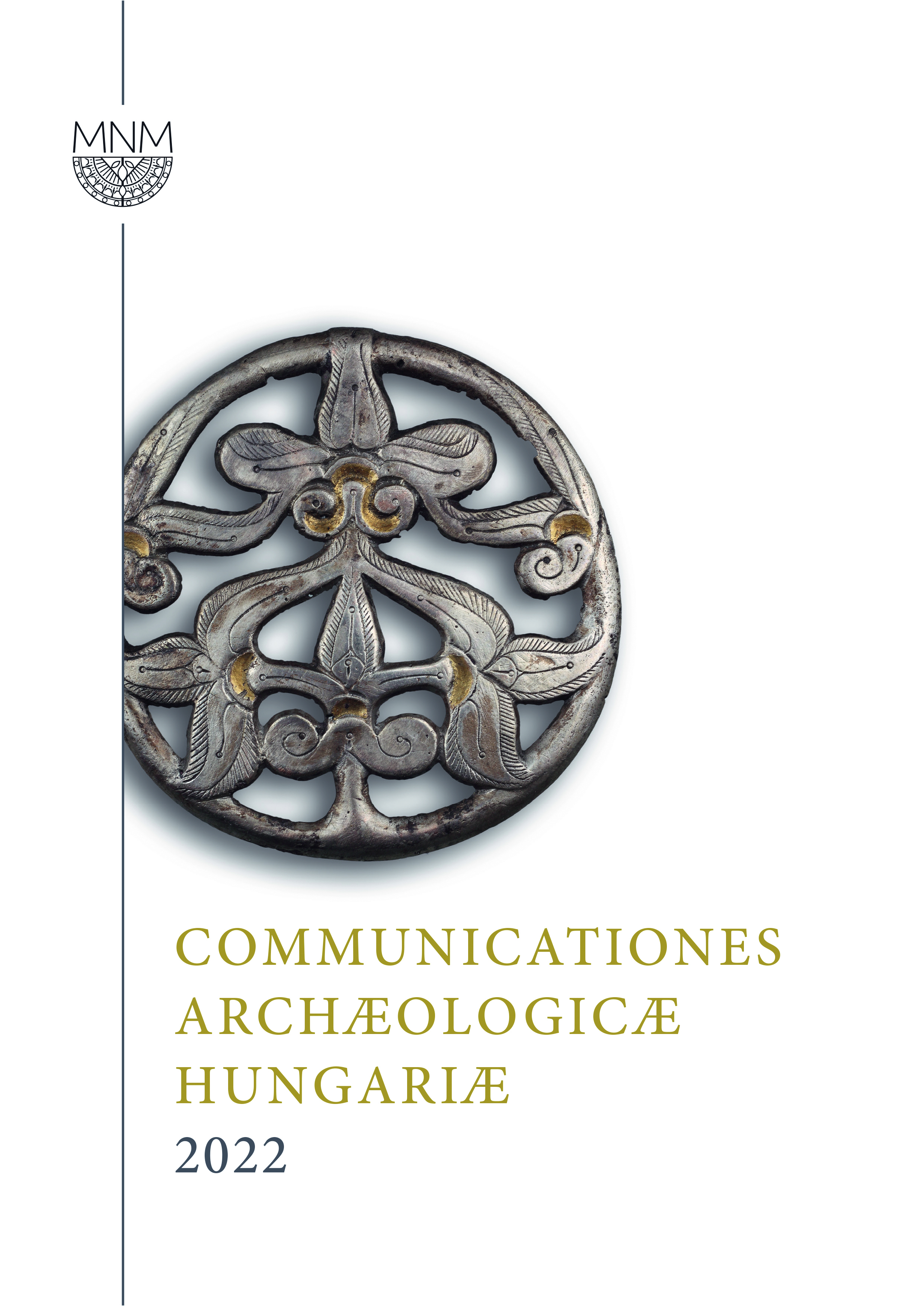Published 2023-09-21
Keywords
- Casting Moulds,
- Petrographic Analysis,
- Late Bronze Age,
- Carpathian Basin
How to Cite
Abstract
Three stone casting moulds are known from the Late Bronze Age mega-settlement of Poroszló-Aponhát, discovered in 1969 and 1971 during excavations led by Pál Patay. The moulds were made of different types of stone, all examined by petrographic analysis. Due to the ‘dig in spits’ excavation method, two moulds were found in diverse arbitrary spit levels, while one could be connected to a pit. This article discusses their exact location, material, possible use, and potential analogies. In addition to an analysis of the site that relied on nearby raw materials, we also present a collection of all settlements with metalworking activity of the period (Fig. 7). The results show that Poroszló-Aponhát was one of the leading settlements of the Ha B1 period in many respects, including metallurgy.


